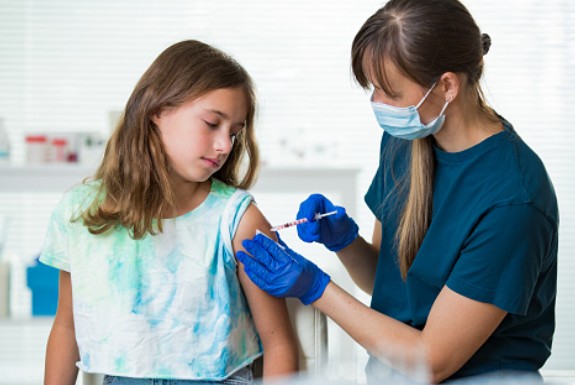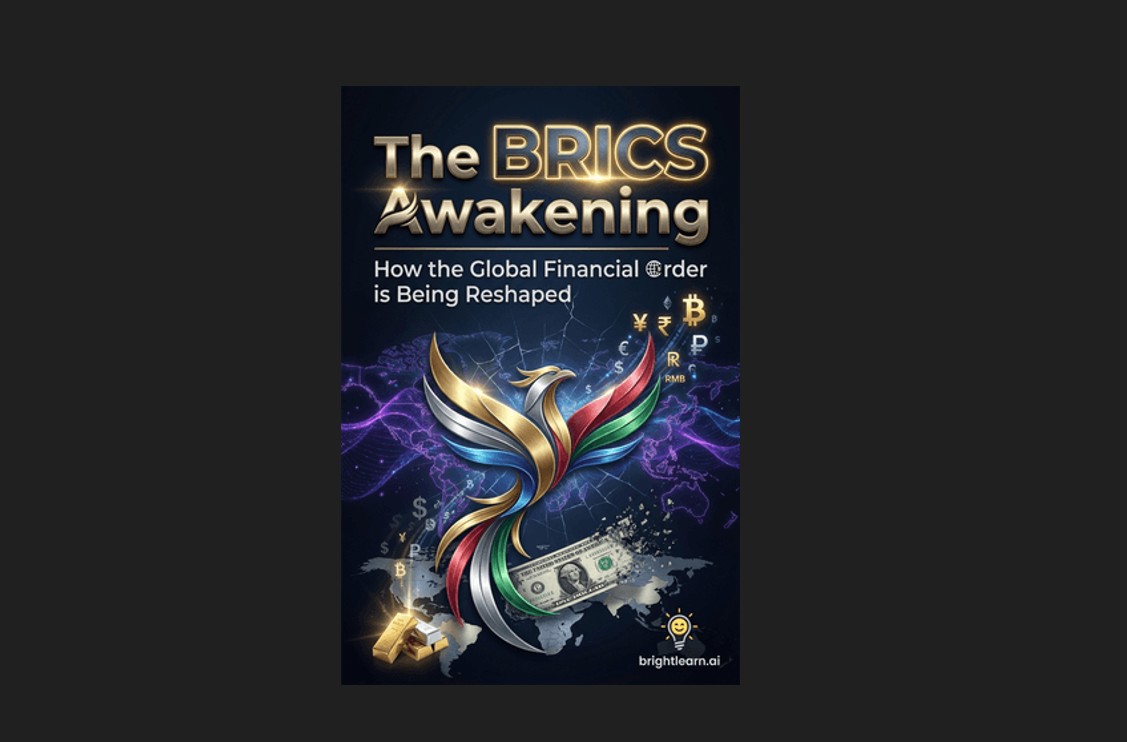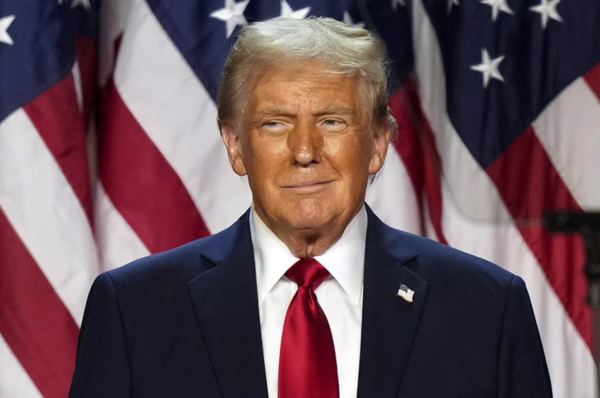Pediatricians' group pushing to maim and sicken their own child patients with dirty Covid vaccines even though the CDC is pulling away
By sdwells // 2025-08-25
Tweet
Share
Copy

Shared pharma shilling for the vaccine cult is what’s going on today at the American Academy of Insidious Pediatrics, where doctors don’t want to give up all their easy profits they get from making their own child patients deathly sick through the injection of known neurotoxins and carcinogens (vaccines). Now the AAP is even breaking up their long-standing relationship with the ultimate vax-shilling machine, the CDC. This unusual split has ignited a heated debate about what drives medical recommendations: science, public health, or financial interests.
For the first time in thirty years, the American Academy of Pediatrics (AAP) has broken ranks with the Centers for Disease Control and Prevention (CDC) on a major vaccination policy. The controversy centers on COVID-19 shots for infants and young children. While the CDC recently softened its stance, shifting to a “shared clinical decision-making” approach—leaving the choice to parents and pediatricians—the AAP took the opposite path, doubling down on its own guidelines and strongly urging COVID vaccinations for children as young as six months old.
- Historic policy split: For the first time in 30 years, the American Academy of Pediatrics (AAP) has broken with the CDC by strongly recommending COVID shots for babies as young as 6 months, while the CDC shifted to a more cautious “shared decision-making” approach with parents and doctors.
- Conflict of interest concerns: Critics point to the AAP’s financial ties with pharmaceutical companies and government funding, warning that its aggressive push for infant COVID shots looks more like marketing than evidence-based medical guidance.
- Scientific challenges: Recent studies raise red flags, including increased risks of autoimmune disease in children after vaccination and prolonged spike protein production in young adults, undermining AAP claims of safety and efficacy.
- Alternative immunity building: Experts emphasize natural approaches for strong pediatric immunity—such as breastfeeding, nutrient-rich diets, sleep, outdoor activity, gut health, and reduced toxin exposure—over experimental shots with unknown long-term effects.
Something unprecedented just happened in the world of childhood immunizations
The AAP represents about 67,000 pediatricians and relies heavily on funding from both pharmaceutical companies and federal agencies. Critics argue that when an organization’s financial survival depends on maintaining relationships with vaccine manufacturers, its recommendations can look more like marketing than medicine. The Department of Health and Human Services went so far as to accuse the AAP of putting “commercial interests ahead of public health and politics above America’s children.” The scientific debate A growing body of research has raised concerns about the safety and effectiveness of COVID shots in young populations. A study in Pediatric Rheumatology found that children who received at least one dose had a 23% higher risk of developing autoimmune disease compared with unvaccinated peers. Another study in Immunity, Inflammation and Disease reported that Pfizer recipients continued to produce spike proteins for a year or more after vaccination, suggesting prolonged immune system alterations. In children ages 5–11, elevated antibody levels persisted well beyond expectations, raising questions about long-term impacts. Some pediatricians have spoken out bluntly. Dr. Lawrence Palevsky argued that there is “no legitimate scientific evidence” supporting infant COVID shots, insisting they are “not safe, not tested, and do not prevent infection.” Similarly, Dr. Jane Orient of the Association of American Physicians and Surgeons emphasized that no long-term safety data exists regarding cancer, fertility, or other potential risks in children. When medical organizations lose their way The AAP’s push highlights how medical institutions risk being compromised when financial incentives intersect with public health policy. Instead of prioritizing patient well-being, critics fear these organizations may act as extensions of pharmaceutical marketing. This situation underscores the need for transparency, independent research, and the courage to acknowledge scientific uncertainties. Building stronger immunity naturally For parents seeking alternatives, experts point to long-standing strategies for strengthening children’s immune defenses. Breastfeeding remains the gold standard for infant immunity. Nutritious whole foods rich in vitamins C, D, and zinc, along with adequate sleep, outdoor activity, and reduced exposure to toxins, help support natural resilience. Gut health—fostered by fiber-rich vegetables, fermented foods, and cautious use of antibiotics—also plays a central role. Creating calm, low-stress environments further enhances immune strength. What this means for families Ultimately, the split between the AAP and CDC represents more than a policy disagreement—it raises fundamental questions about trust in medical guidance. Parents deserve clear, unbiased information about risks and benefits, not recommendations clouded by financial entanglements. Genuine public health requires humility, transparency, and respect for natural immunity, particularly when addressing experimental interventions in the most vulnerable populations. This unprecedented moment is a call for families to critically evaluate health advice, ask tough questions, and prioritize evidence-based approaches that safeguard children’s long-term well-being. Bookmark Vaccines.news to your favorite independent websites for updates on pediatricians pushing to maim and kill their own patients with toxic, dirty vaccines, even though the CDC is stepping back. Sources for this article include: NaturalHealth365.com Ped-Rheum.BioMedCentral.com OnlineLibrary.Wiley.comTweet
Share
Copy
Tagged Under:
vaccines immune system biological weapons vaccine damage vaccine injury immunization vaccine death chemical violence dirty vaccines vaccine scam bad doctors badhealth badmedicine Centers for Disease Control and Prevention American Academy of Pediatrics dangerous doctors immune defense vaccine wars spike protein clot shots child vaccine pediatricians insidious
You Might Also Like
Netanyahu defies military warnings, mobilizes 40,000 reservists for Gaza City assault
By Cassie B. // Share
Rudy Giuliani seriously INJURED in New Hampshire crash, later discharged from hospital
By Ramon Tomey // Share
Combat wrinkles naturally with a healthy diet
By Willow Tohi // Share
Fraudulent CDL testing scheme exposed: Migrants CHEATING their way into trucking jobs
By Ramon Tomey // Share
Recent News
The BRICS Awakening: The end of dollar dominance and the rise of gold-backed trade
By ramontomeydw // Share
Trump announces fraud investigation targeting California
By lauraharris // Share
Natural remedies and TCM techniques to soothe holiday indigestion
By dominguez // Share











